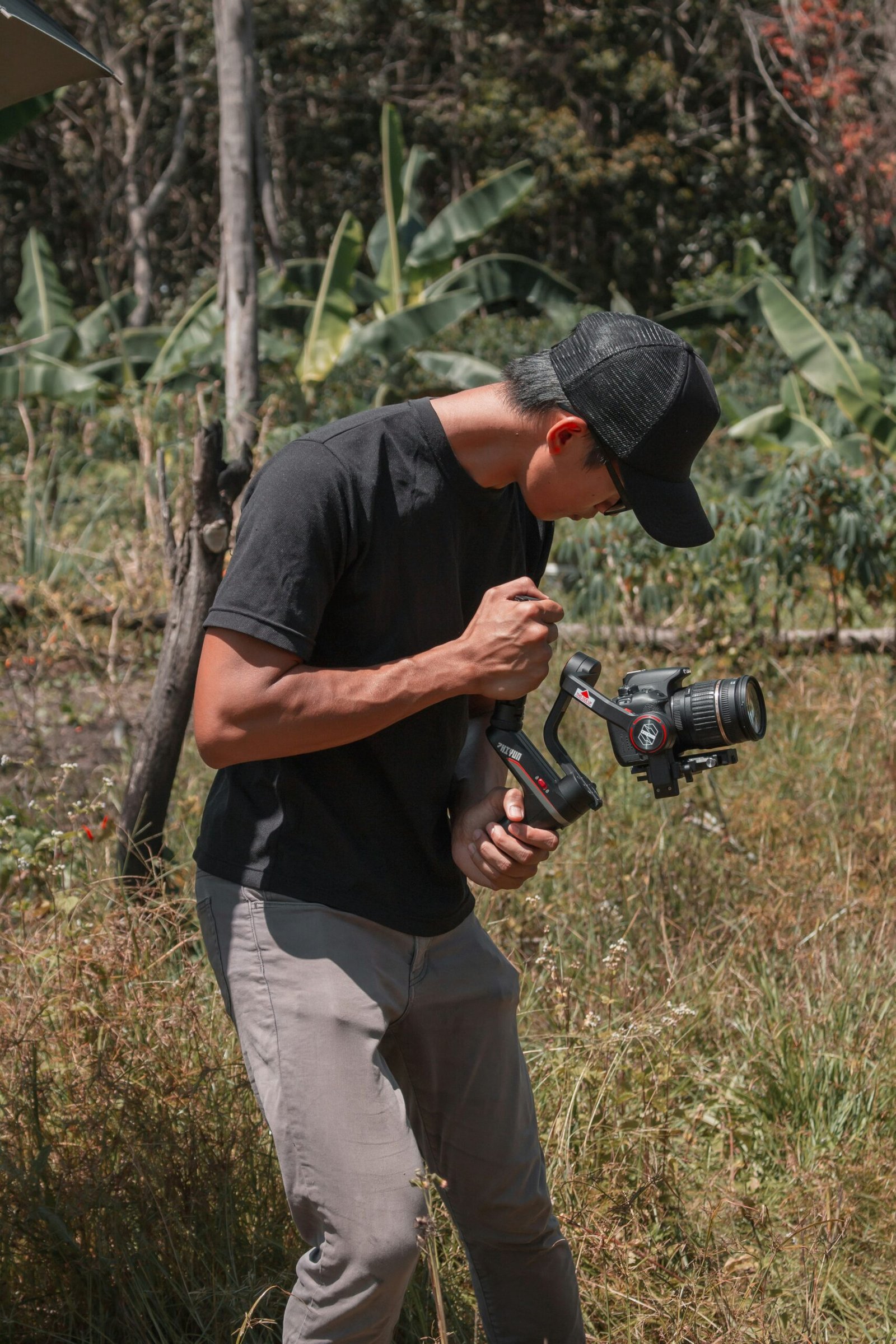Mastering Composition in Photography: A Beginner’s Guide
Photography is an art form that allows you to capture the beauty of the world around us. One of the most important aspects of creating great photographs is mastering composition in photography. Composition refers to how you arrange the elements within your frame to create an interesting and striking image.
There are many different composition techniques that can be used when taking a photograph. The rule of thirds is perhaps one of the most popular composition rules used by photographers. This involves dividing your image into three equal parts, both horizontally and vertically so that you have nine sections in total. The main subject of your photo should then be placed along one of these lines or where they intersect. Leading lines are another effective way to draw the viewer’s eye through your image toward your main subject. Negative space is also an essential tool in composition as it allows the viewer’s eyes to rest on the main subject without distraction from other elements in the frame.

Focal points and depth of field are also key factors when using composition techniques. The focal point refers to the area of the image that is the sharpest and draws the viewer’s attention, while the depth of field determines how much of the image appears in focus. When using these tools, it is crucial to ensure that your chosen focal point is sharp and clearly defined and that there is enough depth of field to make the subject stand out from the background.
In addition to these basic principles, there are many other rules and guidelines that professional photographers recommend for achieving effective compositions. These include using odd numbers of objects in a scene, utilizing the golden ratio or rule of thirds to balance elements, and paying attention to the direction and quality of light. One of the most important things to keep in mind when using compositional rules is to not forget about your own creativity. While following these guidelines can help strengthen your images, it’s also important to try new things and experiment with different angles, crops, and colors. Don’t be afraid to break the rules every once in a while – it might lead to some surprising and unique results.
Another useful tip is to always take the time to fully observe and arrange the elements in your scene before you start shooting. This will allow you to know exactly what you want to capture and how to compose it for maximum effect. Using tools like the grid on your camera or simply moving closer or further away from your subject can also make a big difference in the final outcome.
Remember that practice makes perfect. So don’t be discouraged if your early attempts aren’t completely successful – keep working at it and trying new things, and soon you’ll be able to master composition like a professional photographer.
The rule of thirds, for example, recommends placing important elements in your photo along imaginary lines that divide the frame into thirds both horizontally and vertically. This can create a more natural and balanced feel to your image.
Another popular rule is the rule of odds, which states that an odd number of elements tends to be more visually appealing than an even number. This could mean having three people in your portrait instead of two or using five objects instead of four in your still-life photography.
Experiment with different angles, crops, and colors. Try new things and don’t be afraid to break the rules every once in a while – this might lead to some surprising and unique results.
To ensure effective composition, it’s essential to take time to observe and arrange the elements in your scene before starting to shoot. Consider the direction of light and position of your subject in relation to other elements such as foreground and background. Using tools like the grid on your camera or moving closer or further away from your subject can make a big difference in the final outcome.
Practice makes perfect when it comes to photography composition. Don’t get discouraged if your early attempts aren’t completely successful. Keep working at it and trying new




